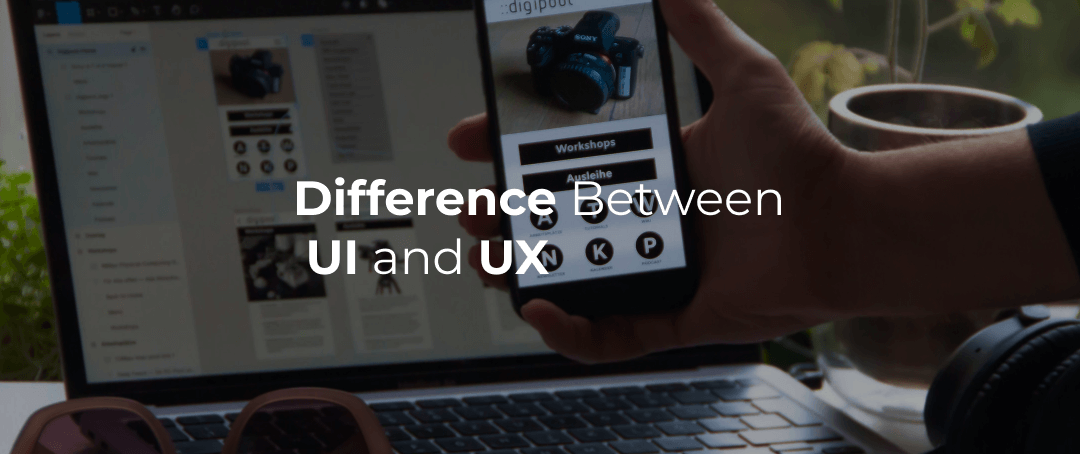UX and UI are two interdependent terms. User Interface (UI) deals with the interaction between users and computer systems. User Experience (UX) is all about managing the end-user experience when working closely with a brand, product, or service.
The blog discusses the key differences between UX and UI so that you understand their relevance in the design world.
What is User Interface (UI)?
User Interface is more of a technical approach where the specific need of the user is addressed. UI is all about designing interfaces so that the end-user experience is improved. The UI designer makes use of icons, buttons, visual elements, color, and responsive design to ensure that the end-user experience is seamless and intuitive. Sone of the key examples includes designing a sitemap with an understandable content hierarchy so that users can easily find the required information they are looking for. The call-to-action button is designed in such a way that the user can perform the required tasks easily.
What is User Experience (UX)?
User Experience is all about dealing with and managing the overall experience users have when they are using a product or service. Products that are designed with great UX tend to connect more easily with their users. To design a positive user experience, it is important to understand the user’s needs, goals, and pain points. For example, for an e-commerce website, the overall navigation and performing key customer actions will contribute to a great UX.
How are UI and UX Similar?
When we look for similarities between UI vs. UX, the design processes and systems are created keeping in the mind the end user’s needs. One focuses on the overall experience, while the other helps to improve opportunities for interaction by improving the visual elements. The user interface is a part of the user experience. UX, however, is broader where the experience from start to finish is given due consideration and importance.
How are UI and UX Different?
While we understood how UI and UX are similar, a few key differences exist between the two. UI deals with digital devices and the ability of people to use them easily. But user experience is not all about digital devices. UX is more about how a product makes you feel, and UI is more about how it looks. For example, a website may look appealing but hard to use, or vice versa. UX and UI go together and tend to co-exist.
Skills Required for UI/UX Designer
It is important for UI/UX designers to have the following set of skills to be successful professionally:
- Wireframing and Prototyping because it is about being creative and understanding key customer requirements
- User research because it is crucial to know your end users and how you can add value
- Sound design skills
- Understanding the content structure and strategies
Key Responsibilities of UI and UX Designer
Here are some of the key responsibilities of a UI Designer:
- Improving the look and feel of the digital products or websites
- Working on the responsiveness and interactivity
- Working on UI prototyping
- Interaction with external customers and development teams
Here are some of the key responsibilities of a UX Designer:
- Customer interviews and interactions
- Working on product and content strategy from a UX perspective
- Prototyping and Wireframing
- Working closely with development teams and UI developers.
- Performing UX research methods and techniques
Conclusion
We discussed how UI and UX are two key concepts when it comes to software design and development. It is all about improving the customer experience that plays a crucial role in revenue growth. UX and UI are long-term growth prospects for any product or service. That is why more and more organizations are now hiring dedicated UI and UX professionals so that it helps to provide a much-needed boost to product development.

